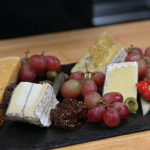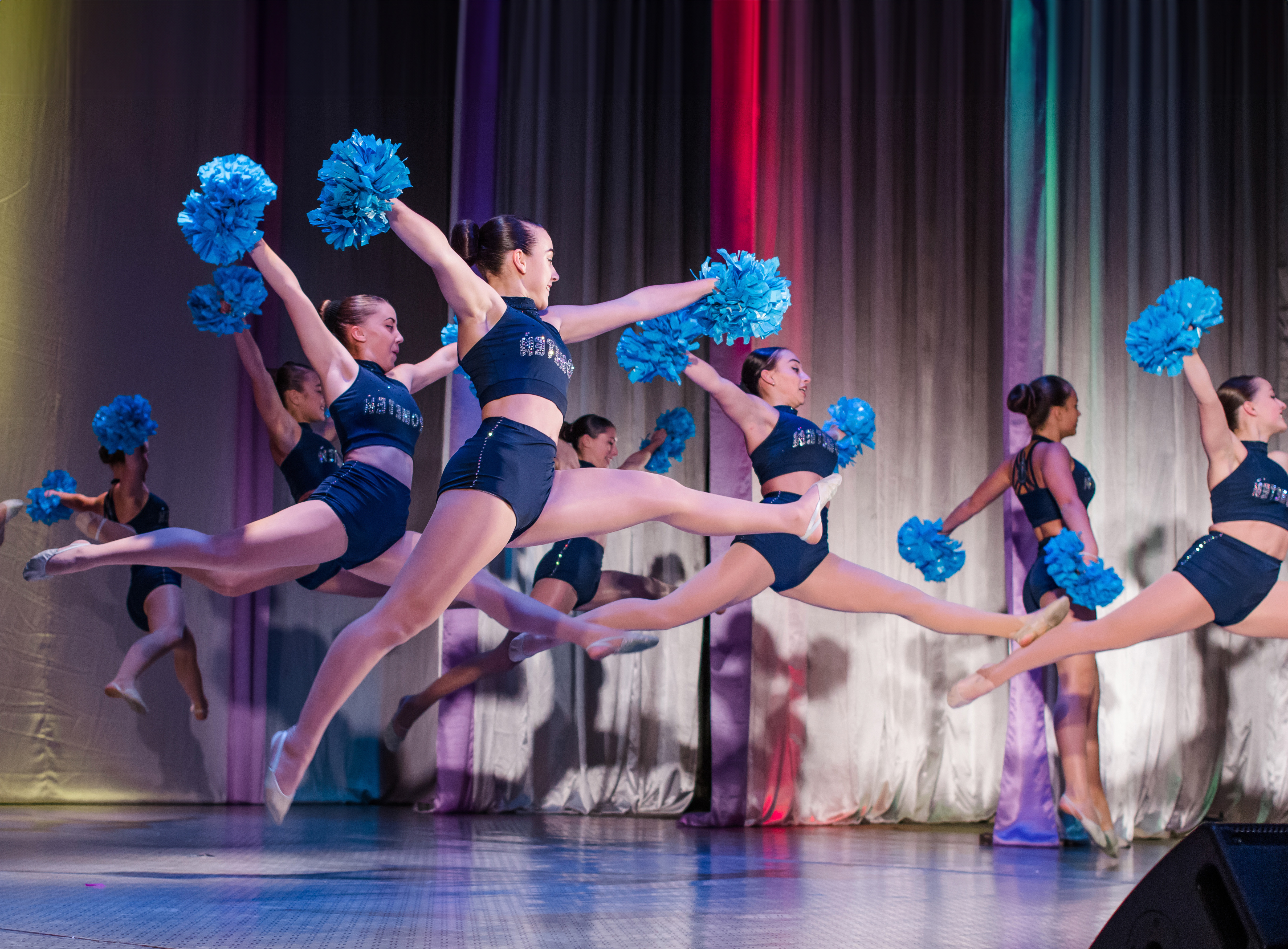There is substantial evidence touting the
academic, social, psychological, and health benefits
of sports participation.1 Athletics can lead to a college scholarship, launch a
professional or Olympic sports career, foster personal development and health, and provide
socialization and a sense of belonging. The benefits student athletes experience cannot be
overstated.
A robust athletics program can set a school apart from its competition, strengthening
recruitment, admissions, and retention efforts. Schools invest significant sums to build and
maintain training facilities and equipment, as well as employ skilled athletic directors,
coaches, and trainers. Yet one important element of athletic performance is often overlooked:
food.
Nutrition to support physical performance — commonly known as sports nutrition — is the science
explaining how
food influences and improves athletic performance. Proper nutrition is a vital factor in human
performance. In a joint position statement, the Academy of Nutrition and Dietetics (formerly
known as the American Dietetic Association), the Dietitians of Canada, and the American College
of Sports Medicine acknowledged “the performance of, and recovery from, sporting activities are enhanced by well-chosen nutrition strategies.”
2
It is even more critical for adolescents who participate in athletics to fuel development as
well as activity.3
Most athletes lack nutrition knowledge4
and struggle to access evidence-based nutrition information. A study conducted on NCAA Division
I, II, and III collegiate athletes found that fewer than 10% had adequate nutrition
knowledge.4
One such risk is underfueling, which
negatively impacts performance.2 Competitive adolescent athletes
need to increase their nutrient intake to meet the demands of training sessions,1
especially on intense training
and game days.5 Without proper nutrition, they will not have adequate energy
available to support normal
growth and development, much less physical demands.3,6 Studies show that athletes
tend to eat the same
balance of macronutrients (carbohydrate, protein, and fat) every day, despite the evidence that
consuming
more carbohydrates is essential to fuel intense training and game days.5 Without the
additional carbohydrates
or adequate intake of other macronutrients, they risk developing micronutrient deficiencies,
which may have
long-standing consequences.7 For example, insufficient intake of vitamin D and
calcium impacts bone health,
increasing the risk of stress fractures and osteoporosis.7
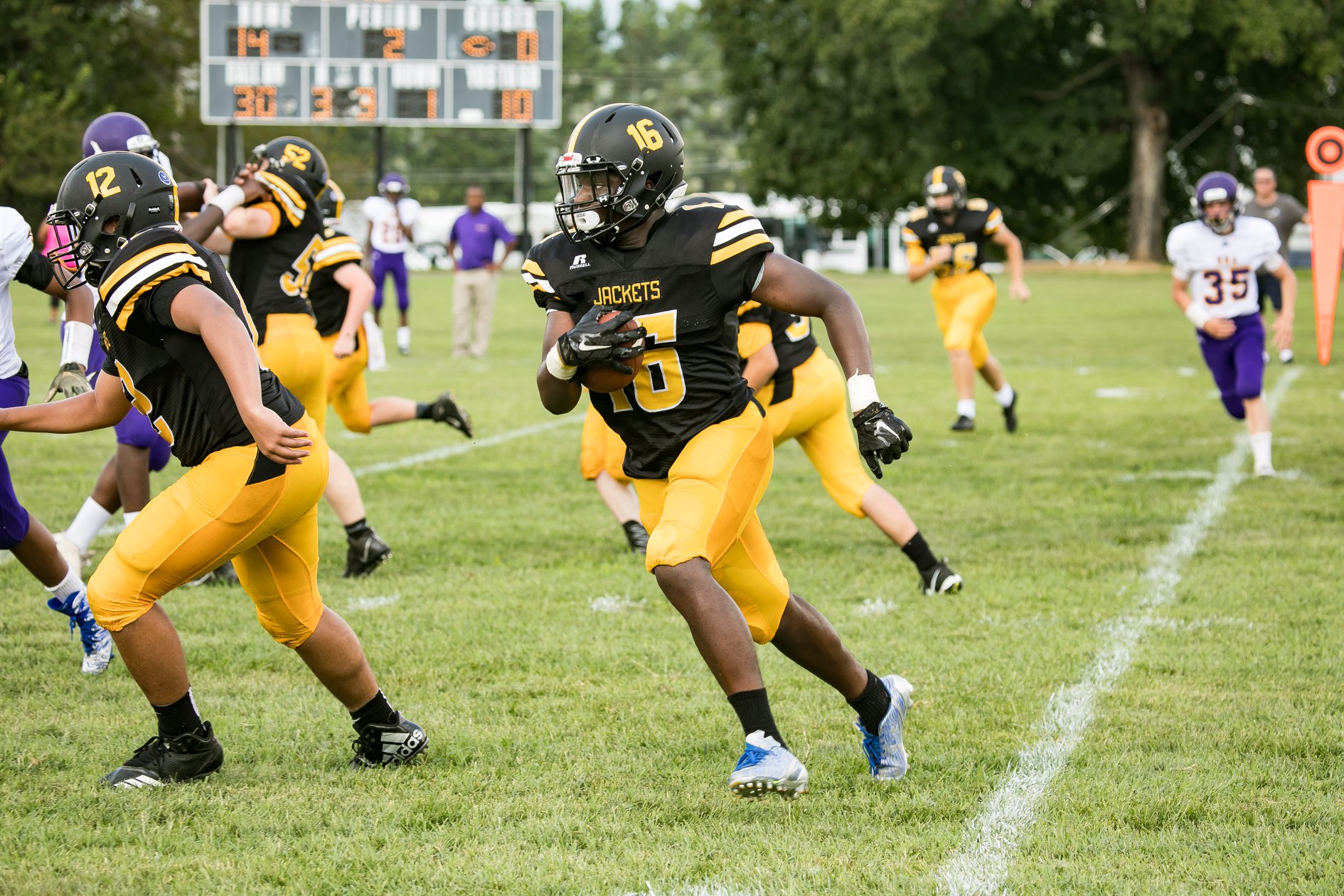
Another risk is supplement usage,
which is
surprisingly common.
Research shows 82.2% of adolescent athletes report using at least
one supplement to enhance performance.8 Over 35% of adolescent
athletes feel using a supplement is important to athletic performance,
despite 72.1% being aware of the associated health risks.8 Since
supplements are not regulated or tested, usage puts athletes at risk
of inadvertent doping from contamination,8 which can disqualify them
from competition.
Disordered eating, which can lead to
eating
disorders and affect
long-term health, is also a concern for adolescent athletes. Athletes,
especially those competing in sports that emphasize leanness,6 are
more likely to experience eating disorders than their peers that do not
participate in athletics.7 They are vulnerable to fad diets and nutrition
misinformation from the internet, social media, magazines, TV, and
even coaches,8 so careful guidance is needed.
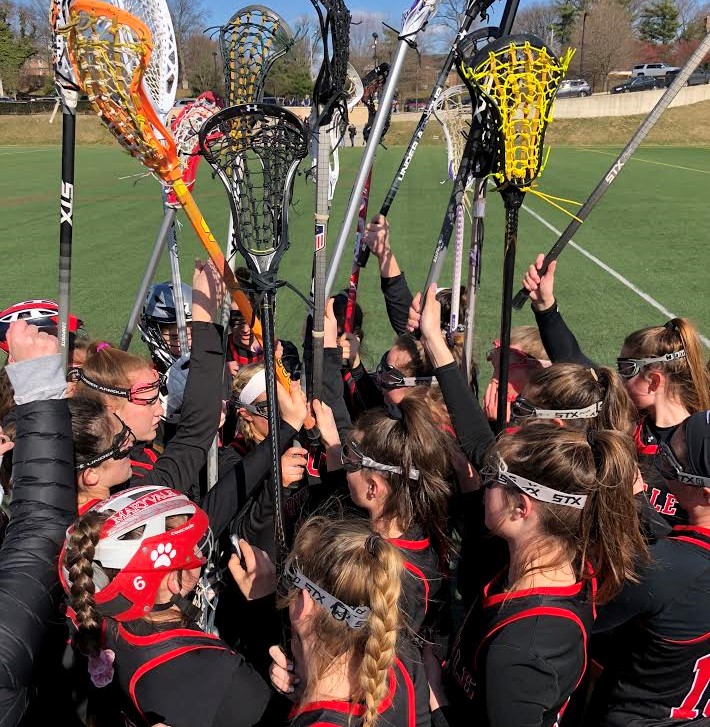
There are three key approaches
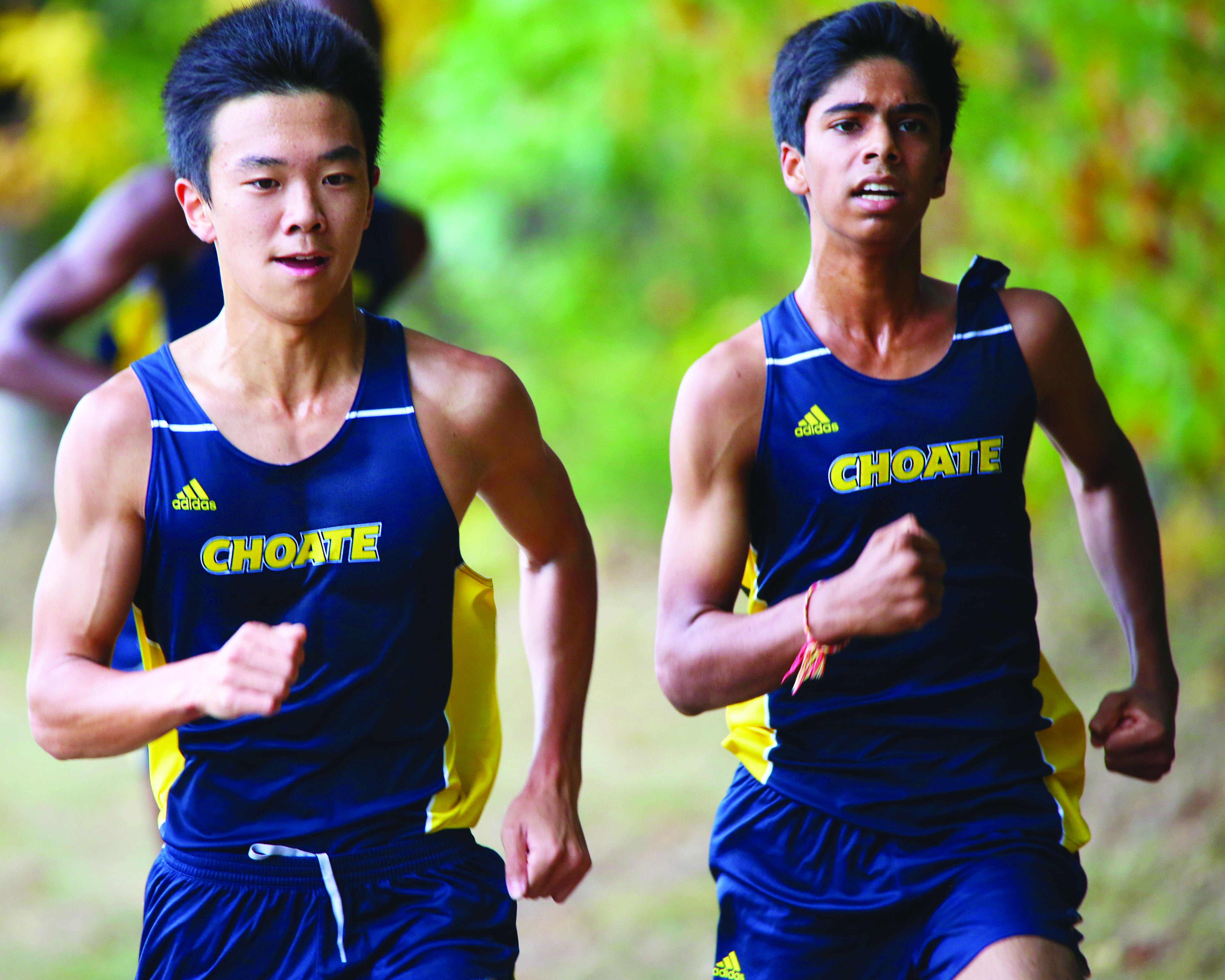
Ensure athletes have access to research-based information
that will help them fuel their bodies for optimal performance. Start by assessing the know-how
of your athletic directors, trainers, and athletics department staff. If there is a gap in
nutrition knowledge, a school can elevate that competency by providing continuing education for
athletics staff or inviting a qualified guest lecturer at the beginning of each season to speak
with the staff and potentially the athletes.8 Support the athletics staff by contracting with a
registered dietitian (RD) that specializes in sports nutrition or partnering with a local or
professional sports team.
Provide a supportive dining services program.
Lunchtime is an opportunity for student athletes to fuel up for practices, training sessions, or
games, which are often scheduled in the afternoons and early evenings. It is essential to offer
a variety of options, as athletes’ needs differ while in season, during the offseason, and on
training and game days. Beyond lunch, it is important that student athletes have access to
pre-and post-activity snacks to refuel and recover, as well as grab-and-go meal options to keep
them nourished when travel is required for competitions. Meal selections should be inclusive, considering food allergies,
medical
needs, and other dietary practices. If these criteria are not currently addressed, schools can
consult with an RD for guidance or
contract
with a knowledgeable food service provider to bridge the gap.

Aid
student athletes’ knowledge and ease the
burden on athletics department staff with a sports nutrition program like SAGE’s Performance
Spotlight® program. Created by RDs, Performance Spotlight® incorporates science-backed
recommendations from leading sports organizations and sports nutrition research. It offers
mealtime guidance designed to
provide the right
foods and nutrients at appropriate times to help athletes fuel for, hydrate during, and
recover
from physical activity. The program also includes house-made sports bars, sports drinks, and
protein smoothies with simple, whole ingredients and no nuts. Performance Spotlight® is
supported by educational infographics and includes recommendations for fueling outside of
mealtime. Unlike a traditional training table, athletes enjoy many choices at mealtimes,
with
Performance Spotlight® picks highlighted throughout the servery. Offerings are inclusive to
accommodate food allergies and other dietary needs and preferences yet balanced to encompass
all
food groups to encourage healthy eating habits.
In summary, athletics programs will remain a priority for schools, and the focus on sports nutrition will only continue to grow as athletes experience the benefits of proper fueling. If athletics are important to your school, it is crucial to rely on professionals who stay current on the latest research, reference credible resources, and promote adequate fueling. Employing knowledgeable staff ensures student athletes have access to appropriate nutrition information and support. If that is not feasible, well-informed food service providers like SAGE can be a supportive partner in fueling athletic excellence.
NOTES
-
1.
Matias Noll et al., “Determinants of Eating Patterns and Nutrient Intake Among Adolescent
Athletes: A Systematic Review,” Nutrition Journal 16, no. 46 (July 2017):
DOI.ORG/10.1186/S12937-017-0267-0.
-
2. Academy of Nutrition and Dietetics, Dietitians of Canada, and American College of Sports
Medicine, “Nutrition and Athletic Performance,” Medicine & Science in Sports & Exercise 48,
no. 3 (March 2016):
DOI.ORG/10.1249/MSS.0000000000000852.
-
3. Katharina Diehl et al., “Eating Patterns of Elite Adolescent Athletes: Results of a
Cross-Sectional Study of 51 Olympic Sports,” German Journal of Sports Medicine 64, no. 5
(May 2013):
GERMANJOURNALSPORTSMEDICINE.COM/FILEADMIN/CONTENT/ARCHIV2013/HEFT_5/12_ORIGINALIA_DIEHL.PDF.
-
4.
Toni M. Torres-McGehee et al., “Sports Nutrition Among Collegiate Athletes, Coaches,
Athletic Trainers, and Strength and Conditioning Specialists,” Journal of Athletic Training
47, no. 2 (March/April 2012):
DOI.ORG/10.4085/1062-6050-47.2.205.
-
5.
Marc A. Briggs et al., “Assessment of Energy Intake and Energy Expenditure of Male
Adolescent Academy-Level Soccer Players During a Competitive Week,” Nutrients 7, no. 10
(October 2015):
DOI.ORG/10.3390/NU7105400.
-
6.
Ben Desbrow et al., “Nutrition for Special Populations: Young, Female, and Masters
Athletes,” International Journal of Sport Nutrition and Exercise Metabolism 29, no. 2
(2019):
DOI.ORG/10.1123/IJSNEM.2018-0269.
-
7.
Mary Downes et al., “Nutritional Risks Among Female Athletes,” Journal of Women’s Health
(May 2020):
DOI.ORG/10.1089/JWH.2019.8180.
-
8.
Pavle Jovanov et al., “Prevalence, Knowledge and Attitudes Towards Using Sports Supplements
Among Young Athletes,” Journal of the International Society of Sports Nutrition 16 (July
2019):
DOI.ORG/10.1186/S12970-019-0294-7.

